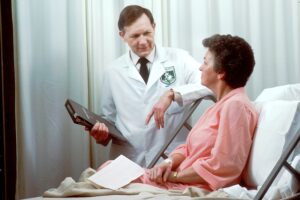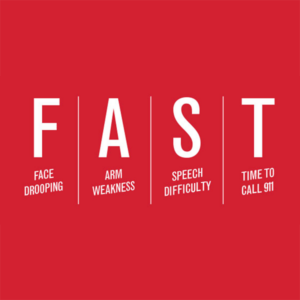
Image c/o Unsplash
Strokes are considered the most common cause of adult disability. The Centers for Disease Control and Prevention (CDC) found that in 2018, 1 in every 6 deaths related to cardiovascular disease was due to a stroke. In the United States someone has a stroke every 40 second and in every 4 minutes, someone dies of a stroke. Strokes occur when a blood vessel in the brain is blocked by a clot or raptures. This bleeding or blockage deprives brain cells of adequate oxygen rich blood and the cells start dying resulting in ongoing physical and mental impairment or death.
It is important to note that strokes can be prevented and treated. However, time is a critical factor in preventing or treating strokes. Treatment is effective if the symptoms are detected in the early stages. Early detection could prevent a stroke or reduce the severity of the stroke. Detecting and preventing strokes can be done by assessing an individual’s physical changes. This article shares how we can detect and prevent strokes.
Stroke Risk Factors
High blood pressure is considered the strongest risk factor for stroke. Other risk factors include diabetes, high cholesterol, physical inactivity, atrial fibrillation (irregular heart rhythm), chronic kidney disease and a family history of stroke.

Image c/o Unsplash
Signs of a Stroke
Experiencing a sudden change in the following should be a concern for a stroke:
- Paralysis, weakness or numbness of the leg, face or arm on one side of the body.
- Trouble understanding/confusion or speaking by slurring words.
- Vision problems such as blurring or blackened vision in both or one eye.
- Loss of balance, difficulty walking or dizziness.
- Severe headache without a specific or known cause.

Image c/o American Stroke Association
Stroke Detection
If you think someone is having a stroke, conduct the F.A.S.T test as follows:
- F- Face
Ask them to smile and check if one side appears to be drooping.
- A- Arm
Ask them to raise both arms and check of one arm is drifting downwards.
- S- Speech
Ask them to say something and listen to whether it sounds slurry or strange.
- T-Time
If they are experiencing the symptoms in the tests above, call 911 immediately.
Preventing a Stroke
Reducing the risk of a stroke especially in older adults can be life saving as older adults are more sedentary and experience more cardiovascular diseases. Prevention measures include:
- Blood pressure management.
- Losing extra weight.
- Maintaining lower cholesterol levels.
- Eating healthier foods.
- Staying physically active.
- Reducing blood sugar levels.
- Avoiding smoking.


